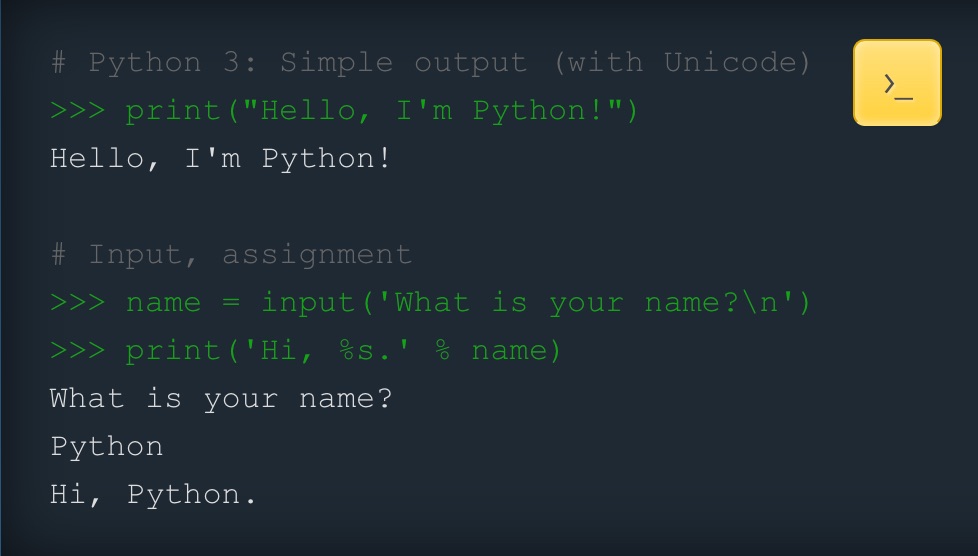Iterators in Python: Unleashing the Power of Sequential Access
As a Python developer, I’ve often found myself wondering about the magic behind iterating over lists, tuples, and dictionaries. It’s a fundamental concept that we all take for granted, but have you ever stopped to think about how it actually works? In this article, I’ll delve into the world of iterators in Python, exploring their key features and benefits.
What is an Iterator in Python?
An iterator in Python is an object that implements the iterator protocol, which consists of the methods __iter__() and __next__(). These methods allow us to iterate over iterable objects like lists, tuples, and dictionaries, providing a way to access the elements of an aggregate object sequentially without exposing its underlying representation.
“Iterators are used to iterate over iterable objects like lists, tuples, and dictionaries.” - Source
Key Features of Iterators in Python
1. Sequential Access
Iterators allow us to access the elements of an aggregate object one at a time, without having to load the entire object into memory. This is particularly useful when working with large datasets.
2. Lazy Evaluation
Iterators use lazy evaluation, which means that the next element is only computed when requested. This approach can significantly improve performance and reduce memory usage.
3. Flexibility
Iterators can be used with a wide range of iterable objects, including lists, tuples, dictionaries, and even custom objects.
Illustration of an iterator in Python
In conclusion, iterators are a powerful tool in Python that enable us to efficiently and effectively iterate over iterable objects. By understanding how iterators work, we can write more efficient and scalable code.
 Python programming
Python programming













